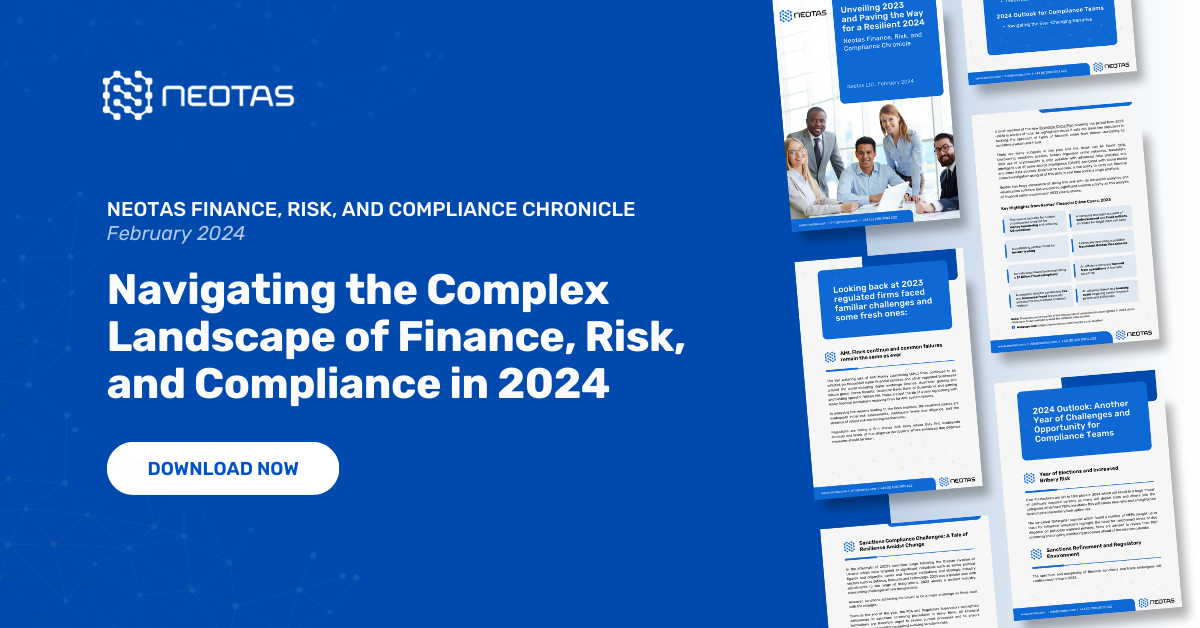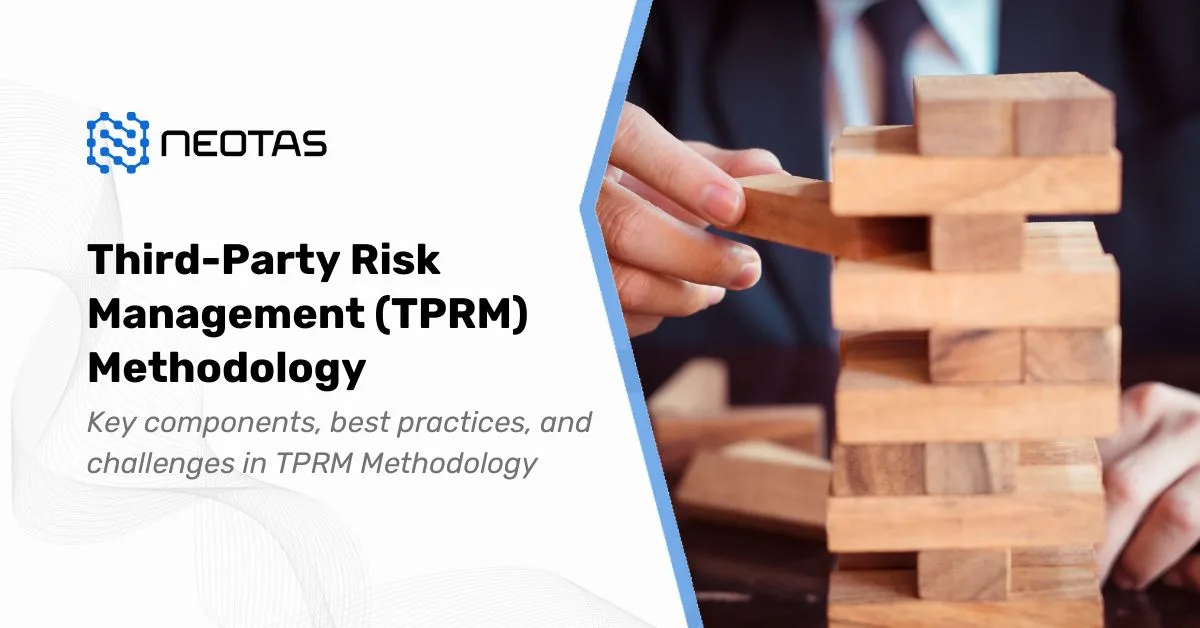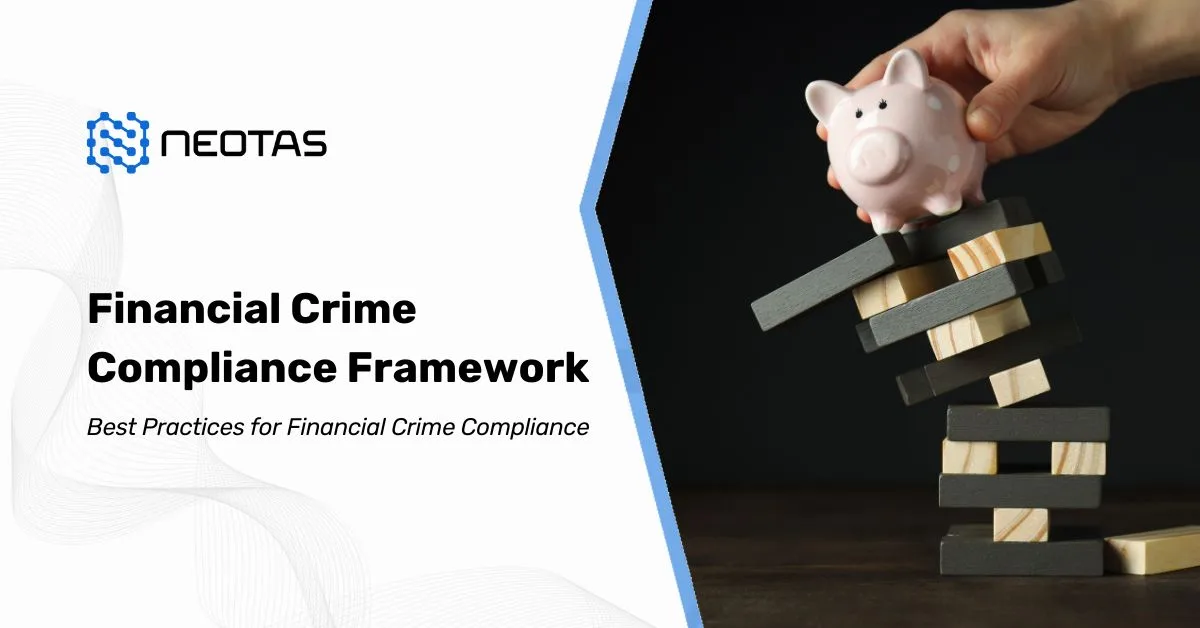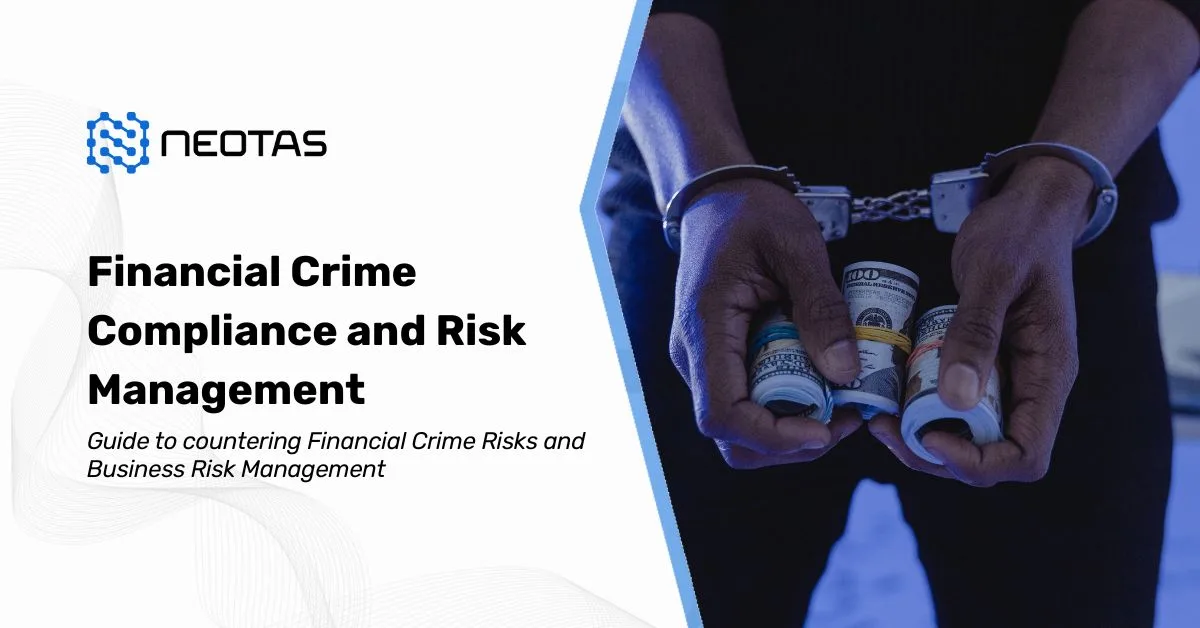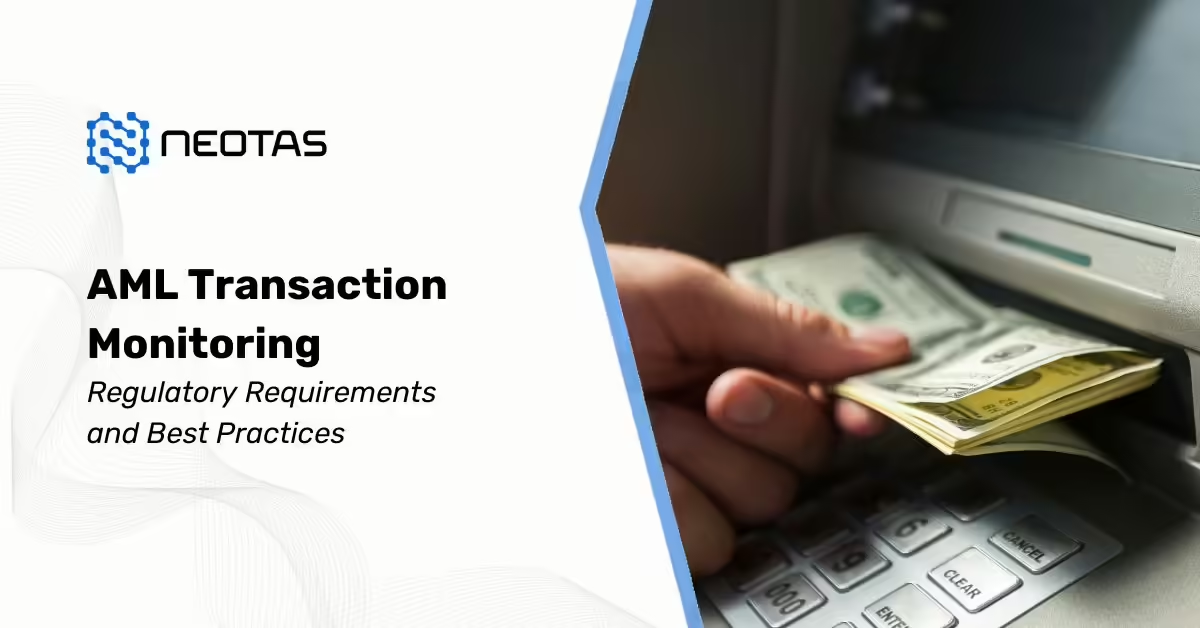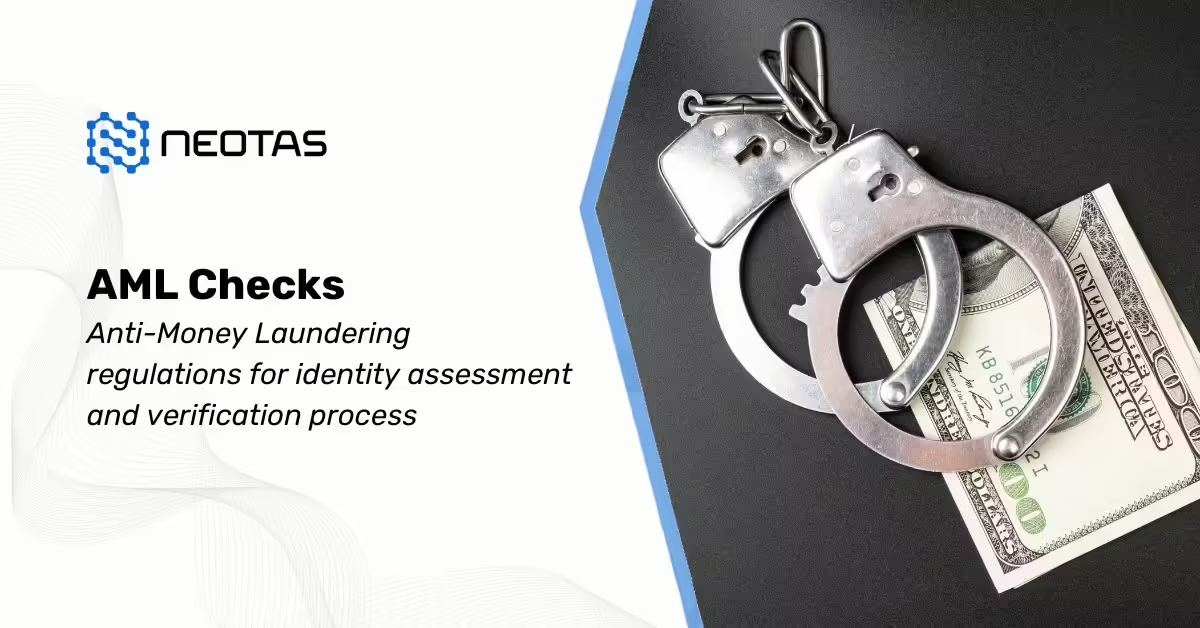Customer Due Diligence requirements
Customer Due Diligence (CDD) is an essential process for businesses to undertake in order to mitigate the risks of financial crime and comply with regulatory requirements. It involves conducting thorough background checks and continuous monitoring of both potential and existing customers to detect and prevent illegal activities such as money laundering and terrorist financing.
The foundational elements of CDD include the verification of critical customer information such as name, address, date of birth, and photo identification, alongside screening processes to ensure individuals or entities are not listed on any prohibited or watch lists.
In today’s digital age, the scope of CDD extends beyond these basic checks, embracing additional verification measures like phone number, email address, device identification, geographical location, and financial instruments such as bank accounts and credit cards. These enhanced checks are pivotal in building a more robust understanding of customers’ digital identities, thereby reinforcing the integrity of business relationships and financial transactions.
In this discussion, we will delve into the nuances of CDD, elucidate its application in various sectors, underscore its critical role in the contemporary business environment, and explore strategies to effectively implement these crucial due diligence measures.
What is Customer Due Diligence (CDD)?
Customer Due Diligence (CDD) is a process undertaken by businesses, particularly those in the financial sector, to gather and analyse information about their customers. This process is crucial for verifying the identity of potential and existing clients, understanding the nature of their business activities, and assessing the risks they may pose in terms of money laundering, terrorist financing, or other illicit financial dealings.
At its core, CDD involves several key steps:
- Identity Verification: Collecting official documents, data, or information to confirm a customer’s identity. This usually includes verifying the customer’s full name, residential address, date of birth, and photo ID, such as a passport or driving license.
- Risk Assessment: Evaluating the customer’s profile to determine the level of risk they represent. This involves analysing their financial activities, the countries they operate in, and their business relationships to identify any potential for illicit activities.
- Ongoing Monitoring: Continuously observing the customer’s transactions and behavior to detect any suspicious activities that deviate from their normal pattern. This step is crucial for identifying and mitigating potential risks over time.
- Beneficial Ownership: For corporate clients, identifying and verifying the individuals who ultimately own or control the business entity (beneficial owners) is an essential part of CDD. This helps in understanding the control structure of the entity and assessing any risks associated with it.
CDD is mandated by regulatory frameworks around the world as part of anti-money laundering (AML) and counter-terrorism financing (CTF) efforts. It serves not only to protect the integrity of the financial system but also to safeguard businesses from inadvertently facilitating illegal activities.
Customer Due Diligence requirements
Customer Due Diligence (CDD) requirements form a cornerstone of anti-money laundering (AML) and counter-terrorist financing (CTF) regulations. These requirements are designed to ensure financial institutions and other obligated entities have appropriate measures in place to identify their customers, understand their financial activities, and assess the risks they may pose. The key requirements include:
1. Customer Identification and Verification
- Identity Verification: Collect and verify information to establish the customer’s identity. This typically involves obtaining official documents such as passports, driver’s licenses, or national ID cards.
- Verification of Residential Address: Confirm the customer’s residential address through utility bills, bank statements, or government correspondence.
2. Beneficial Ownership Identification
- For corporate, partnership, trust, or other legal entity customers, identify the beneficial owners who ultimately own or control more than a certain percentage (often 25%) of the company or entity.
- Verify the identity of these beneficial owners to the same standard as individual customers.
3. Understanding the Nature and Purpose of the Business Relationship
- Gather information about the intended nature of the business relationship, including the types of transactions expected and the purpose of the accounts or services being used.
- Assess the customer’s business and financial background to establish a risk profile.
4. Ongoing Monitoring
- Conduct continuous monitoring of business relationships and transactions to ensure consistency with the customer’s risk profile, business and financial activities, and to identify suspicious transactions.
- Keep customer information, risk assessments, and financial profiles up to date.
5. Risk Assessment
- Perform a risk-based assessment to determine the level of due diligence required. This includes identifying lower-risk customers for whom Simplified Due Diligence (SDD) may be appropriate and higher-risk customers requiring Enhanced Due Diligence (EDD).
- Factors influencing risk assessment include customer type, country of residence, product or service used, and transaction patterns.
6. Enhanced Due Diligence (EDD) for Higher Risk Situations
- Apply EDD measures for customers and transactions presenting a higher risk, such as politically exposed persons (PEPs), high-risk countries, or unusual transaction patterns.
- EDD measures may include additional information on source of funds, closer ongoing monitoring, and senior management approval for establishing or continuing such relationships.
7. Record Keeping
- Maintain comprehensive records of all CDD information, including documents obtained for verification, account files, business correspondence, and results of any analysis conducted (e.g., transaction patterns, risk assessments).
- Ensure records are kept for a minimum period as required by law, typically five to ten years after the termination of the business relationship.
8. Compliance and Reporting
- Implement systems and controls to ensure compliance with CDD requirements, including reporting suspicious activities to relevant authorities as mandated by national regulations.
Adhering to these CDD requirements helps prevent and detect money laundering and terrorist financing activities by ensuring businesses know who their customers are and can monitor their activities effectively. Compliance with CDD requirements is not only a regulatory obligation but also a critical component of a financial institution’s risk management and corporate governance framework.
When you need to apply customer due diligence measures?
Customer Due Diligence (CDD) measures need to be applied in several scenarios to ensure compliance with anti-money laundering (AML) regulations and to manage risks associated with financial transactions. These scenarios typically include:
1. Establishing New Business Relationships
- Whenever you initiate a new business relationship with an individual or entity, CDD measures are required to verify the customer’s identity and understand the nature of their business.
2. Occasional Transactions
- For transactions that do not necessarily establish a continuous business relationship, such as one-off transactions above a certain threshold (often set by national regulations), CDD measures must be applied. This threshold is commonly set at 15,000 EUR (or equivalent) but may vary between jurisdictions.
- CDD is also required for occasional transactions that appear to be suspicious, regardless of the amount, or that involve wire transfers exceeding a specified amount.
3. Suspicion of Money Laundering or Terrorist Financing
- If there is suspicion of money laundering or terrorist financing, CDD measures must be applied irrespective of any exemptions or thresholds that might normally apply. This is crucial for identifying and mitigating potential risks.
4. Doubts About Previously Obtained Customer Information
- When there are doubts about the veracity or adequacy of previously obtained customer identification data, CDD measures should be reapplied to ensure that current and accurate information is held.
5. Regular Review of Existing Relationships
- CDD measures are not only for new customers. Regular reviews of existing customers, especially those posing higher risks, are essential to ensure that their information is up-to-date and to reassess their risk profile. This is particularly important for relationships with significant changes in transaction patterns or business activities.
6. Products or Transactions with Higher Risks
- Certain products or transactions inherently carry higher risks for money laundering or terrorist financing. For example, private banking, correspondent banking relationships, and transactions involving high-risk countries require CDD measures to mitigate these risks.
7. Politically Exposed Persons (PEPs)
- Engaging with individuals who are or have been entrusted with prominent public functions, known as PEPs, necessitates the application of CDD measures due to the higher risks they pose. This includes understanding the source of their wealth and funds, and continuous monitoring of the business relationship.
Implementing CDD measures in these scenarios is essential for complying with regulatory requirements and protecting your business from being exploited for illicit purposes. It is a fundamental aspect of a robust AML/CTF program, ensuring the integrity of financial transactions and relationships.
Customer Due Diligence Checklist – The CDD Process
Creating a Customer Due Diligence (CDD) checklist is pivotal in ensuring a thorough and consistent approach to verifying customer identities, understanding their financial activities, and assessing associated risks. Here’s a comprehensive CDD checklist/process that businesses, especially those in the financial sector, can follow:
Customer Identification and Verification
- Collect customer’s full name, date of birth, and residential address.
- Obtain official identification documents (e.g., passport, national ID card, driver’s license).
- Verify the authenticity of the documents provided.
- For corporate clients, obtain company registration documents and details of the business’s nature.
Beneficial Ownership
- Identify beneficial owners of corporate entities (individuals who ultimately own or control more than 25% of the company’s shares or voting rights).
- Verify the identity of beneficial owners to the same standard as individual customers.
Understanding the Nature and Purpose of the Business Relationship
- Determine the intended nature of the business relationship.
- Understand the purpose of the accounts or services being used.
- Assess the expected level and nature of the activity (e.g., transaction types, volume, frequency).
Risk Assessment
- Conduct a risk assessment based on customer information, business activities, and the countries involved.
- Classify customers according to risk level (low, medium, high) to determine the depth of due diligence required.
Enhanced Due Diligence (EDD) for High-Risk Customers
- For high-risk categories (e.g., politically exposed persons, high-risk countries), perform EDD.
- Gather additional information on the source of funds and wealth.
- Obtain senior management approval for establishing or maintaining such relationships.
Ongoing Monitoring and Review
- Establish a system for ongoing monitoring of customer transactions and activities.
- Set triggers for reviewing customer information, especially for any significant changes in their profile or transaction behavior.
- Regularly update customer information and reassess their risk profile.
Record-Keeping
- Keep comprehensive records of all documents and information obtained for CDD purposes.
- Ensure records are accessible for regulatory examination or audit.
Compliance and Reporting
- Implement procedures for reporting suspicious activities to relevant authorities as per national regulations.
- Regularly review and update CDD processes and policies to comply with changing laws and best practices.
Training and Awareness
- Ensure staff are trained on CDD requirements, including how to identify and deal with high-risk customers and suspicious activities.
- Promote a compliance culture within the organisation.
This checklist serves as a guideline to ensure that all necessary CDD steps are covered. It’s important for businesses to adapt and expand this checklist based on their specific industry requirements, regulatory environment, and risk assessment policies.
Customer Due Diligence checks
Customer Due Diligence (CDD) checks involve a comprehensive process of gathering and analysing information to verify the identity of customers, ascertain the ownership structure in the case of corporate entities, understand the purpose and intended nature of the business relationship, and assess the associated risk levels.
These checks encompass verifying personal and company documents, identifying beneficial owners, assessing the customer’s business activities and source of funds, conducting ongoing monitoring of transactions, and screening against global sanctions, watchlists, and for adverse media. CDD is integral to preventing financial crimes such as money laundering and terrorist financing, ensuring businesses comply with regulatory requirements and maintain the integrity of financial transactions.
What is the correlation between CDD and money laundering?
The correlation between Customer Due Diligence (CDD) and money laundering is fundamentally rooted in prevention and risk management. Money laundering involves disguising the origins of illegally obtained money, making it appear as if it originated from a legitimate source. CDD acts as a critical frontline defense against the infiltration of the financial system by individuals or entities seeking to launder money.
Prevention of Money Laundering: CDD measures enable financial institutions and other obligated entities to identify their customers and understand their financial behaviors. By verifying identities and assessing the risks associated with each customer, businesses can detect and deter attempts to launder money through their systems. Proper CDD ensures that businesses do not unwittingly become conduits for money laundering by scrutinising the source of funds, the nature of transactions, and the legitimacy of the customer’s financial activities.
Risk Management: CDD helps in categorising customers based on the level of risk they pose, which is crucial for implementing appropriate monitoring and control measures. High-risk customers, such as those with political exposure (PEPs) or those operating in high-risk jurisdictions, are subject to more stringent scrutiny, known as Enhanced Due Diligence (EDD). This risk-based approach ensures that resources are allocated effectively to monitor and mitigate potential money laundering activities.
Regulatory Compliance: Regulatory bodies worldwide mandate CDD as part of Anti-Money Laundering (AML) regulations. Compliance with these regulations not only helps in preventing money laundering but also shields businesses from legal repercussions, financial penalties, and reputational damage associated with AML breaches. By adhering to CDD requirements, businesses contribute to the integrity and stability of the global financial system.
Detection of Suspicious Activities: Ongoing monitoring, a core component of CDD, involves scrutinising transactions and customer behavior over time. This continuous vigilance helps in detecting unusual patterns or suspicious activities that may indicate money laundering. Early detection allows businesses to take proactive measures, including reporting to relevant authorities, thus playing a crucial role in disrupting money laundering schemes.
Through diligent application of CDD measures, businesses not only comply with legal obligations but also contribute to the broader fight against financial crime.
The Relationship Between KYC and CDD measures
Customer Due Diligence (CDD) measures and Know Your Customer (KYC) are essential components of the financial industry’s efforts to combat money laundering and terrorist financing. While they are often used interchangeably, they have distinct roles within a broader compliance framework.
CDD Measures involve a set of processes that businesses undertake to collect and evaluate information about their customers to assess the risk they might pose in terms of money laundering or terrorist financing. CDD includes:
- Verifying the customer’s identity using reliable, independent documents, data, or information.
- Identifying and taking reasonable measures to verify the identity of beneficial owners of companies and legal entities.
- Understanding the nature and purpose of the business relationship and conducting ongoing monitoring of the business relationship and transactions.
KYC is a part of CDD and focuses specifically on the identification and verification of the customer’s identity. KYC processes are designed to:
- Ensure that the customer is who they claim to be.
- Assess and manage risks associated with customer relationships.
- Ensure compliance with relevant legal and regulatory requirements.
KYC can be seen as the initial step in the broader CDD process, which includes ongoing monitoring and risk management beyond the initial verification of a customer’s identity. Both CDD measures and KYC are crucial for detecting and preventing illicit activities within financial systems, ensuring that businesses are not used for money laundering, terrorist financing, or other illegal activities.
Customer Due Diligence for banks
In the banking sector, Customer Due Diligence (CDD) is an indispensable framework designed to fortify institutions against the perils of financial misconduct, including money laundering and the financing of terrorism. It constitutes a multifaceted approach that extends beyond mere identity verification, embedding itself into the very fabric of banking operations to ensure a secure and transparent financial environment. Here’s a nuanced perspective on how CDD is seamlessly integrated into banking practices:
Comprehensive Customer Profiling
- Banks initiate the CDD process by meticulously gathering and scrutinising a spectrum of customer data, ranging from personal identification details to more intricate information such as financial backgrounds and occupational data. This deep dive into a customer’s persona is underpinned by rigorous verification protocols, utilising authoritative documents to authenticate identity claims.
Unraveling Ownership Structures
- In dealing with corporate clientele, banks delve into the corporate veil to illuminate the true beneficiaries behind business entities. This involves a detailed exploration to pinpoint individuals with significant control or ownership, ensuring transparency and accountability in corporate dealings.
Insightful Business Acumen
- A profound understanding of a customer’s business operations and objectives is pivotal. Banks meticulously evaluate the proposed nature of account transactions, assessing their alignment with the customer’s business model and anticipated financial behavior, thereby crafting a bespoke risk profile for each customer.
Rigorous Risk Assessment
- Leveraging sophisticated risk assessment models, banks categorise customers based on potential risk exposure. This stratification, informed by a constellation of variables including geographic ties, transactional patterns, and sector-specific risks, guides the intensity and scope of due diligence applied.
Intensified Scrutiny for High-Risk Categories
- Certain customer segments, identified as high risk due to factors such as political exposure or connections to high-risk jurisdictions, are subjected to an escalated level of due diligence. This Enhanced Due Diligence (EDD) regime is characterised by a more granular investigation into the origins of wealth and the rationale behind complex transactions.
Dynamic Monitoring Systems
- Banks employ advanced monitoring systems that continuously analyse transactional flows and customer activities, ensuring any anomalies or deviations from established patterns are promptly identified and investigated, keeping the integrity of financial transactions intact.
Diligent Record Management
- A cornerstone of effective CDD is the meticulous documentation and preservation of all customer-related information and due diligence activities. This not only facilitates regulatory compliance but also serves as a vital repository for future reference and audits.
Cultivating Compliance Culture
- Beyond procedural adherence, banks are committed to fostering a culture of compliance within their ranks. This includes comprehensive training programs aimed at equipping employees with the knowledge and tools needed to identify and mitigate potential threats, ensuring the bank’s operations remain impervious to financial crime.
In essence, CDD in banking transcends traditional verification checks, evolving into a holistic and dynamic practice that underpins the security and integrity of the banking ecosystem. It reflects a proactive stance against financial crime, safeguarding not only the institution but also its customers and the broader financial system.
FAQs on Customer Due Diligence
Customer Due Diligence Requirements UK
What are the 4 CDD requirements?
- Identify and verify the customer’s identity.
- Identify and verify the beneficial owners (if applicable).
- Understand the nature and purpose of the customer relationship to establish a risk profile.
- Conduct ongoing monitoring to identify and report suspicious transactions.
What are the requirements for the customer due diligence rule? The requirements include obtaining sufficient information to form a reasonable belief about the customer’s identity, assessing the risk they pose for money laundering or terrorist financing, and maintaining up-to-date records of CDD information.
What are the requirements for CDD? Requirements entail conducting identity verification, understanding the customer’s business and risk profile, monitoring transactions for suspicious activity, and keeping records of all CDD activities.
What are the 4 stages of customer due diligence?
- Customer identification and verification.
- Beneficial ownership identification and verification.
- Assessment of the customer’s risk profile and the nature of the business relationship.
- Ongoing monitoring and review of the customer relationship.
What is CDD checklist? A CDD checklist is a tool used by businesses to ensure all necessary steps in the customer due diligence process are completed. It typically includes verifying identity documents, checking against PEP and sanctions lists, assessing customer risk, and ongoing monitoring.
What are the 3 types of customer due diligence?
- Simplified Due Diligence (SDD) for low-risk customers.
- Standard CDD for the majority of customers.
- Enhanced Due Diligence (EDD) for high-risk customers.
What is the CDD process? The CDD process involves collecting customer information, verifying their identity, understanding their business and risk profile, and continuously monitoring their transactions for any signs of suspicious activity.
What are the basic requirements of KYC and CDD? The basic requirements include obtaining and verifying customer identity information, assessing and categorising customer risk, and implementing appropriate monitoring measures to detect and report suspicious activities.
How do you comply with due diligence? Compliance involves adhering to regulatory requirements for customer verification, risk assessment, and monitoring, employing a risk-based approach to due diligence, and maintaining comprehensive records of all due diligence activities.
Is due diligence a legal requirement? Yes, due diligence is a legal requirement under anti-money laundering and counter-terrorist financing regulations in many jurisdictions, including the UK.
Is due diligence a legal requirement in the UK? Yes, in the UK, due diligence is a legal requirement for regulated entities under the Money Laundering Regulations to prevent and detect financial crimes.
What is due diligence in UK law? In UK law, due diligence refers to the process regulated entities must undertake to identify their customers, assess their risk profiles, monitor their transactions, and keep appropriate records to prevent money laundering and terrorist financing.
What is a simplified due diligence requirement? Simplified Due Diligence (SDD) involves fewer and less stringent measures for verifying customer identity and assessing risk, applicable in low-risk situations where the likelihood of money laundering or terrorist financing is minimal.
Who is exempt from CDD rule? Entities in low-risk categories, such as government departments or companies listed on certain stock exchanges, may be exempt from standard CDD measures but may still require a form of due diligence appropriate to their risk level.
What is the standard due diligence? Standard due diligence involves collecting and verifying customer identity information, understanding the nature of their business, assessing their risk profile, and monitoring their transactions for signs of suspicious activity, applicable to most customers.
What’s the purpose of CDD? The purpose of CDD is to prevent financial crimes by ensuring that customers are legitimately who they claim to be and are not involved in money laundering, terrorist financing, or other illegal activities. CDD helps in identifying and mitigating the risks associated with financial crime.
Who is CDD applicable to? CDD is applicable to a wide range of sectors beyond traditional financial services, including money service businesses, high-value dealers, accountancy service providers, estate agencies, art market participants, and more, reflecting the broadened scope to combat financial crime across various industries.
Who oversees CDD? In the UK, the Financial Conduct Authority (FCA) oversees CDD compliance among financial institutions. Other sectors may fall under different regulatory bodies, such as the Office for Professional Body Anti-Money Laundering Supervision (OPBAS) or the Solicitors Regulation Authority, depending on the industry.
Why comply with CDD? Compliance with CDD is crucial for preventing organised financial crime and terrorism. Non-compliance can result in severe penalties, including fines, imprisonment, and reputational damage, highlighting the importance of adhering to these regulations.
How to comply with CDD? Compliance involves adopting a risk-based approach to CDD, where businesses assess the risk level of customers and conduct due diligence accordingly. This includes verifying customer identities, screening against watchlists, and ongoing monitoring of transactions.
What is a risk-based approach to CDD and AML? A risk-based approach involves evaluating the potential risk a customer may pose based on their information and transaction behavior. Businesses categorise customers as low, medium, or high risk and apply due diligence measures proportional to the risk level, ensuring resources are allocated effectively to prevent money laundering and terrorist financing.
What’s the difference between CDD and KYC? CDD encompasses KYC procedures but extends beyond the initial customer verification to include ongoing monitoring of accounts for any suspicious activities. KYC focuses on the initial identity verification before establishing a business relationship, while CDD includes continuous scrutiny to ensure compliance with anti-money laundering regulations.
What if a higher money laundering risk is determined? If a higher risk of money laundering is identified, Enhanced Due Diligence (EDD) is required. EDD involves more detailed checks and scrutiny to manage and mitigate the identified risks, particularly with high-risk customers like politically exposed persons (PEPs).
About Neotas Customer Due Diligence
Neotas Platform covers 600Bn+ archived web pages, 1.8Bn+ court records, 198M+ corporate records, global social media platforms, and 40,000+ Media sources from over 100 countries to help you build a comprehensive picture of the team. It’s a world-first, searching beyond Google.
Neotas’ diligence uncovers illicit activities, reducing financial and reputational risk. Enhance business risk assessment and mitigation with Neotas Customer Due Diligence.
Customer Due Diligence Solutions:
- Customer Due Diligence
- Enhanced Due Diligence
- Management Due Diligence
- Third Party Risk Management
- Open Source Intelligence (OSINT)
- Enhanced Due Diligence Checklist
- Customer Due Diligence Checklist
- Customer Due Diligence Requirements
- Risk-Based Approach (RBA) to AML & KYC risk management
- Anti-Money Laundering (AML) Compliance and Checks
- Introducing the Neotas Enhanced Due Diligence Platform
Case Studies:
- Case Study: OSINT for EDD & AML Compliance
- Overcoming EDD Challenges on High Risk Customers
- Neotas Open Source Intelligence (OSINT) based AML Solution sees beneath the surface
- ESG Risks Uncovered In Investigation For Global Private Equity Firm
- Management Due Diligence Reveals Abusive CEO
- Ongoing Monitoring Protects Credit Against Subsidiary Threat
- AML Compliance and Fraud Detection – How to Spot a Money Launderer and Prevent It
- What is Customer Due Diligence in Banking and Financial Services?

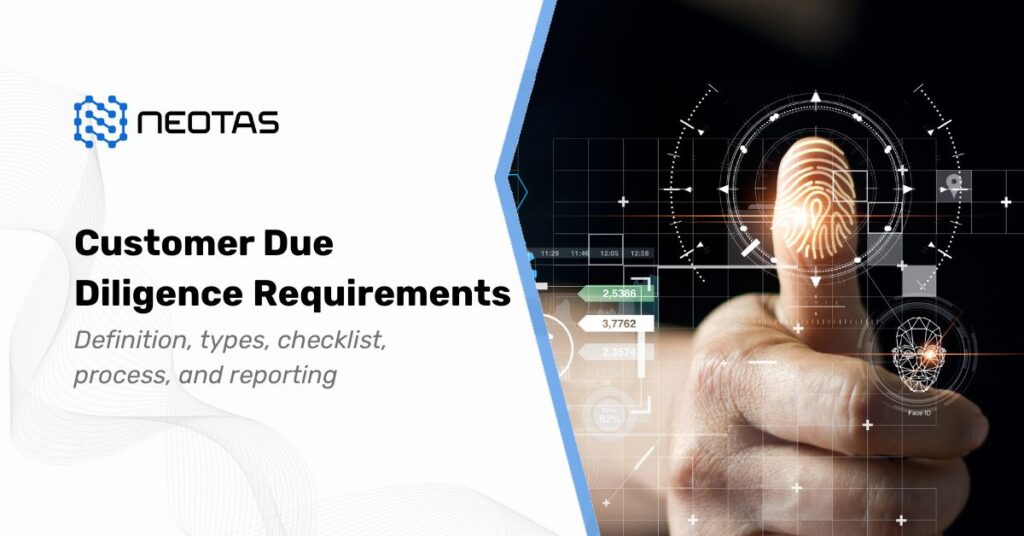

 Financial Crime Compliance Trends 2024
Financial Crime Compliance Trends 2024